jQuery 1.5.1 is now out! This is the first minor release on top of jQuery 1.5 and lands a number of fixes for bugs.
We would like to thank the following contributors that provided patches towards this release: antonkovalyov, csnover, danheberden, davidmurdoch, dmethvin, gnarf37, jaubourg, jeresig, jitter, jrburke, lrbabe, mathiasbynens, rwldrn, SlexAxton, and voxwerk.
We’d especially like to thank our bug triage team who assisted in narrowing down some of the important fixes needed for this release.
Downloading
As usual, we provide two copies of jQuery, one minified and one uncompressed (for debugging or reading).
- jQuery Minified (29kb Gzipped)
- jQuery Regular (212kb)
You can feel free to include the above URLs directly into your site and you will get the full performance benefits of a quickly-loading jQuery.
Additionally you can also load the URLs directly from Microsoft and Google’s CDNs:
Microsoft CDN: http://ajax.aspnetcdn.com/ajax/jQuery/jquery-1.5.1.min.js
Google CDN: https://ajax.googleapis.com/ajax/libs/jquery/1.5.1/jquery.min.js
1.6 Roadmap Meeting
The core jQuery dev team is now taking proposals for changes to land in jQuery 1.6. Right now we’re shooting to release jQuery 1.6 late April/early May and will be meeting to discuss the submitted proposals at Noon EST on March 7th (the meeting will be in #jquery-meeting on irc.freenode.net).
Please submit your proposals through the following form in advance of the March 7th meeting.
jQuery 1.5.1 Changelog

API Documentation: jQuery 1.5.1 API Documentation
As this was a bug fix release there are no new features to report upon. The only changes are as follows:
jQuery now supports Internet Explorer 9 as a top level browser. All known bugs have been fixed and/or been reported to the IE team for resolution in the final release.
Three new options were added to jQuery.ajax():
- isLocal: Allow the current environment to be recognized as “local,” (e.g. the filesystem), even if jQuery does not recognize it as such by default. The following protocols are currently recognized as local: file, *-extension, and widget. If the isLocal setting needs modification, it is recommended to do so once in the $.ajaxSetup() method.
- mimeType: A mime type to override the XHR mime type.
- xhrFields A map of fieldName-fieldValue pairs to set on the native XHR object. For example, you can use it to set withCredentials to true for cross-domain requests if needed.
Closed Tickets
A full list of all bugs and tickets closed are as follows:
- #2551 Make sure .val() works after form.reset() in IE
- #4537 Make sure .clone(true) correctly clones namespaced events
- #4966 Don’t add “px” to unit-less properties when animating them
- #6774 Make sure we only access parentNode if it’s available. Fixes an issue where after an option tag has been detached, an elem.parentNode error would be thrown.
- #6911Prevent action on disabled elements, both triggering and bound via .live()
- #7531 Fix again for IE9RC. Enhances ajaxSetup so that it can take an optional target option, in which case target will be updated instead of ajaxSettings. That way, fields that shouldn’t be deep extended can be listed and dealt with in one place. jQuery.ajax now makes use of ajaxSetup with target to create its internal settings object
- #7568 Follow-up fix for #5862. Objects with a length property weren’t serialized properly by jQuery.param
- #7653 Changes regexp to detect local protocol so that it will accept any protocol finishing by -extension
- #7668 Sizzle and jQuery QUnit tests are out of sync
- #7912 This change makes .cur() more .cssHooks friendly. .cur() now returns the unmodified value by .css() if it isn’t a number, number-alike or a value that needs a fallback to 0.
- #7922 Fixed an issue where live(‘click’) doesn’t fire when live(‘submit’) is bound first in IE
- #7945 Make jQuery.param() serialize plain objects with a property named jquery correctly
- #8033 jQuery 1.4.4+ fails to load on pages with old Prototype (<= 1.5) or Current Prototype + Scriptaculous in IE
- #8039 Selectors with HTML5 input types not work in IE6/7
- #8052 Update jQuery.support.noCloneEvent test to function properly in IE9
- #8095 Properly handles the case where browser cache needs to be bypassed while server-side logic still delivers proper 304 responses. Unit test added
- #8098 Use the fast document.head when available
- #8099 Always restore to correct display value based on element’s expected default display
- #8107 Fix argument handling for $.ajax for multiple method signatues and add test case
- #8108Temporary fix for jQuery metadata being exposed on plain JS objects when serializing with JSON.stringify to avoid compatibility-breaking changes. A proper fix for this will be landed in 1.6
- #8115 Renames all references to jXHR with jqXHR in the code (like was done in the doc)
- #8123 The default for .clone() is to not clone any events
- #8125 Status is set to 200 for requests with status 0 when location.protocol if “file:”. Added test/localfile.html to control it works
- #8129 Fix cloning multiple selected options in IE8
- #8135 Makes sure any exception thrown by Firefox when trying to access an XMLHttpRequest property when a network error occured is caught and notified as an error. Added test/networkerror.html to test the behavior
- #8138 Access to document.location is made only once at load time and if it fails (throwing an exception in IE when document.domain is already set), we use the href of an A element instead
- #8145 Added readyWait tests
- #8146 introducing the xhrFields option with is a map of fieldName/fieldValue to set on the native xhr. Can be used to set withCredentials to true for cross-domain requests if needed
- #8152 applying the same special cases for protocol “chrome-extension:” as were for “file:” (needs tests). Re-organizes and fixes the handling of special cases for HTTP status code in the xhr transport
- #8177 XHR transport now considers 304 Not Modified responses as 200 OK if no conditional request header was provided (as per the XMLHttpRequest specification)
- #8193 Fixes abort in prefilter. No global event will be fired in that case even if the global option is set to true. Unit test added
- #8198 Remove unnecessary “script.type = text/javascript;”
- #8200 Unexpose $.support._scriptEval as it’s not needed. Use a private var instead
- #8209 Make sure that mousing over Chrome “internal div” doesn’t trigger a mouseleave
- #8219 Introduces the mimeType option to override content-type header in conversion (and in native xhr when possible). Adds companion overrideMimeType method on jqXHR object (it simply sets the option)
- #8220 Remove backslashes from tag name filter
- #8245 Ajax now ensures header names are capitalized so that non-compliant xhr implementations don’t override them
- #8250 ajax does not work in opera 10 widgets
- #8277 Sets data to undefined rather than null when it is not provided in ajax helpers so that it won’t revent data set in ajaxSettings from being used.
- #8297 Make sure response headers with empty values are handled properly and do not prevent proper parsing of the entire response headers string.
- #8353 Adds a catch block in resolveWith so that the finally block gets executed in IE7 and IE6.
- #8365 Make sure that IE 9 still clones attributes.
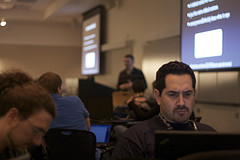

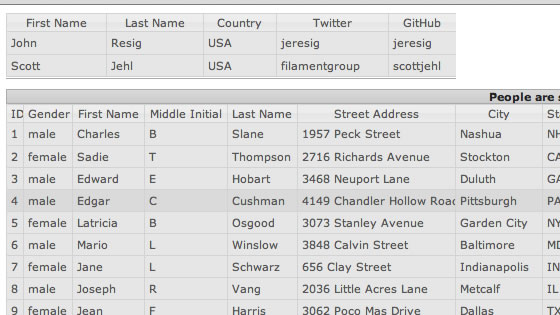
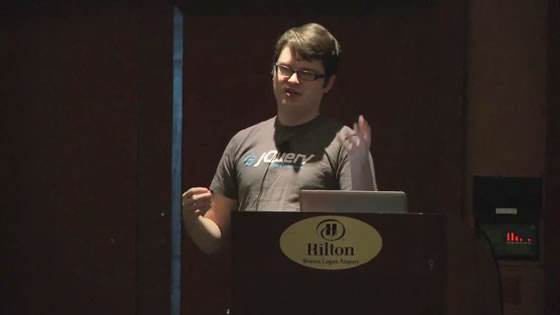
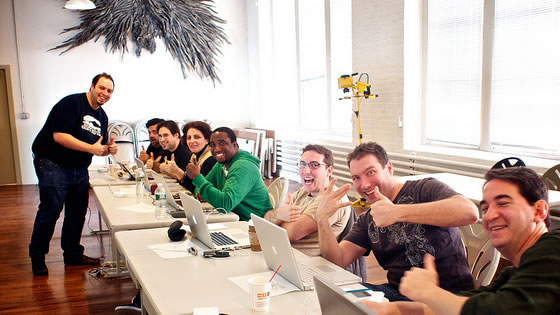


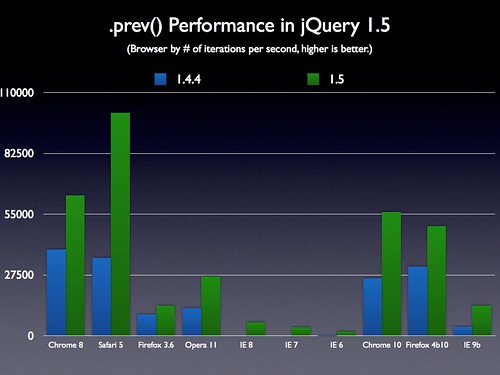
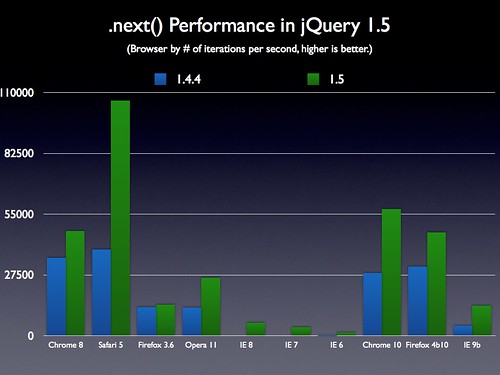
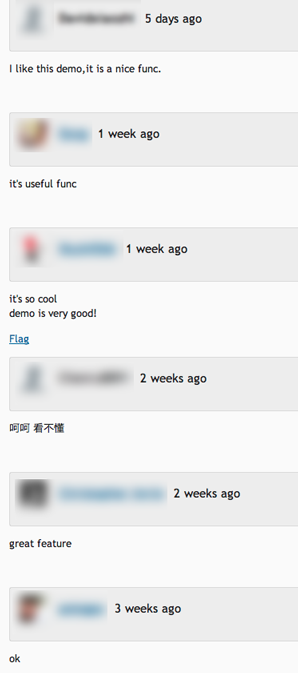 When we added comments to the API documentation last January, the idea was to provide a place for members of the community to augment the documentation with their own tips or real-world examples. While this system worked well when it was first introduced, it has become increasingly difficult to manage the enormous amount of spam that it has attracted. We also found that many people were trying to use it as a support system, which it was not designed to do. Because of this, we’re planning to turn off comments on the API site later this week in favor of more directed feedback options:
When we added comments to the API documentation last January, the idea was to provide a place for members of the community to augment the documentation with their own tips or real-world examples. While this system worked well when it was first introduced, it has become increasingly difficult to manage the enormous amount of spam that it has attracted. We also found that many people were trying to use it as a support system, which it was not designed to do. Because of this, we’re planning to turn off comments on the API site later this week in favor of more directed feedback options: